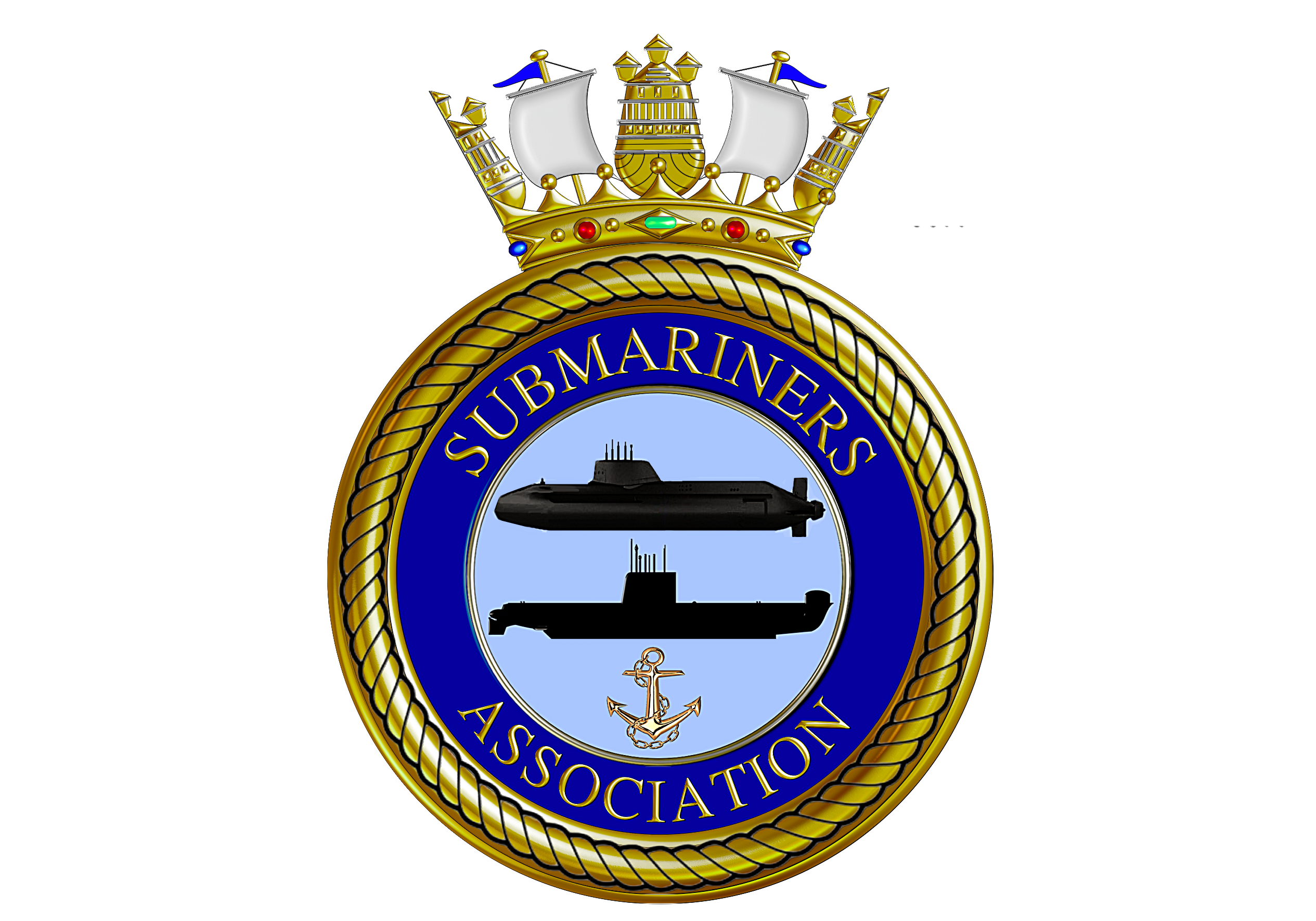THEY'RE COMING HOME!
After a long wait the homecoming is finally approaching.
If you haven’t already got the message – dates in the world submarines are as accurate as opinion polls – never rely on them! The other thing to remember is never to talk about them in public or on social media either.
That said you will have a good idea of when your submariner is due home and as that date approaches, as the days are crossed off the calendar so excitement levels will rise (perhaps stress levels also).
48 hours before the actual date of return you will get a notification by email followed up by a letter of the homecoming plan. One might think that the boat arrives, ties up and then that’s it, everybody off, hugs, kisses and then home. It is not that simple.
Welcoming them
Depending on the type of boat and what it has been doing the homecoming may include a visit from a Senior Officer or VIP (often carried out at sea before arrival but not always) for a debrief on the patrol. There may be a need for a visit by Customs which can take a long time. Once the boat has arrived not everybody can come ashore immediately. Some will be required to tend to the reactor others to keep the boat safe and secure. Whenever possible this is done by the Support Crew or 5th Watch but some of those who deployed will have to spend at least the first night onboard.
In Faslane many families welcome their boat home by waving from Rhu Spit – this can be surprisingly moving and I strongly recommend you do it if the opportunity permits. On many occasions too arrangements are made to welcome the boat as it ties up alongside in the Base. This is normally coordinated by RNFPS and the Support Crew/5thWatch.
Need somewhere to stay
Not everyone lives near Faslane so some self catering accommodation has been set aside near the Base for short visits – this can be very useful if you plan to travel up for the homecoming or indeed for any other reason. The accommodation is fully furnished with bedding, TV and so on provided.
To make a booking or find out more contact the Central Amenities Fund (CAF) Manager Terry Heaney or Lorraine Hair on 01436 677266 [email protected]
What is it like for them?
Out at sea as the boat begins to head for home the excitement rises as does the tension. There is much to do in order to complete all the records for the patrol and plan the maintenance ahead. Those who have been training during the patrol will sit their qualification boards and perhaps earn their dolphins – the badge which marks one out as a submariner.
For some there will be bad news to be told and the Captain will do this in his cabin as sympathetically as possible and if there is need the submariner will be landed early by boat or even helicopter and rushed home as quickly as possible. Others will be packing – filling their grips with dirty laundry in the traditional way.
The Arrival
As the boat enters the Gareloch a lucky few who are on the casing or bridge of the boat will get to see the crowd on Rhu Spit before they turn their attention to safely bringing the boat to its berth. This will take some time. For those waiting ashore it seems interminable and it is hard to believe that it has to be done so slowly – but it does.
Once the gangway is across (and this takes forever as well) the Captain comes ashore to report to Captain Submarines, they go back onboard and shortly thereafter, at last, people can being to come ashore.
Depending on the boat, what is has been doing, where it is berthing, the weather and other factors families may be allowed to watch the berthing from the jetty, sometimes with a band playing or they may be gathered into a warmer space ashore such as one of the messes.
No matter where you have been waiting you will be wondering why it has taken so long and why nothing seems to be happening and the children will be bored and fretting but suddenly none of that will matter.




